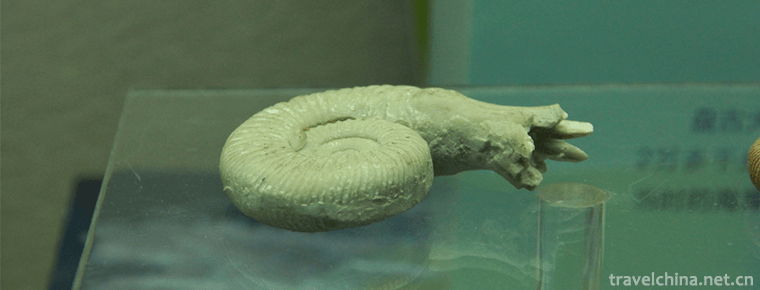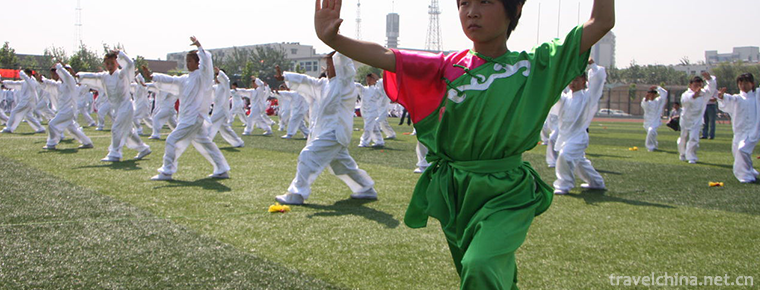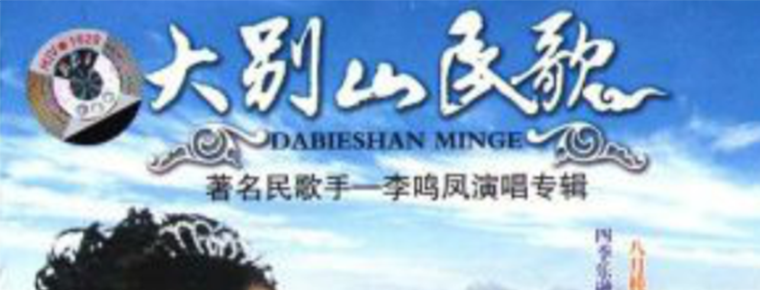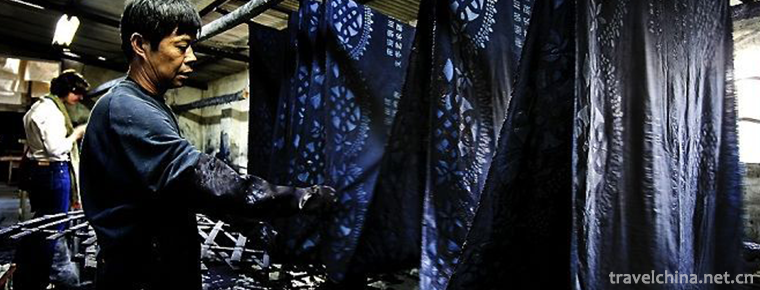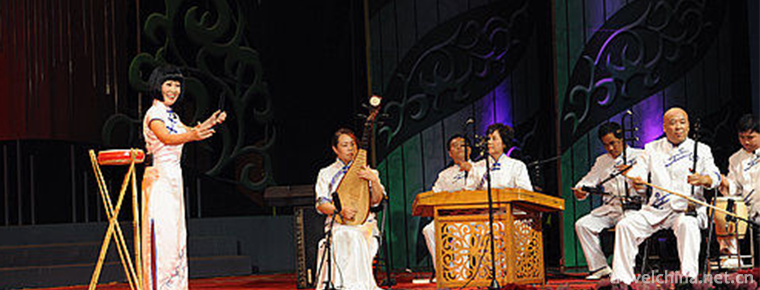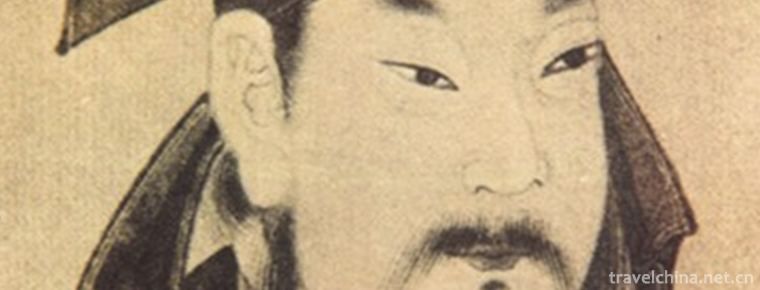Historical evolution of Suining
Historical evolution of Suining
In Xia and Shang Dynasties, Shu nationality gradually developed and distributed in Sichuan Basin. During the spring and Autumn period and the Warring States period, the Shu nationality established a state in the basin. Before the Qin Dynasty destroyed Shu, today's Suining City was under the jurisdiction of the ancient Shu state. The unique early Shu culture has been formed here, which was once a prosperous area of Shu state.
In 316 BC, the state of Shu was destroyed and Shu Prefecture was established. Shu Prefecture governs Chengdu today. Today Suining is under the jurisdiction of Shu Prefecture.
In the sixth year of Gaozu in the Western Han Dynasty (201 B.C.), Guanghan county was established in the eastern part of Shu county and several counties in Ba County. It has jurisdiction over 13 counties including Luo, Xindu, Mianzhu, Shifang, Fu, Zitong, Baishui, Jiameng, Qi, Guanghan, Diandi Road, Gangdi road and Yinping road. Liushu Town, Shehong County, Suining City, has been under the jurisdiction of the county for more than 2200 years.
At the end of the Han Dynasty, Guangyong county was changed into Guangyong County, which was changed to Guangyong County in the late Han Dynasty. In the Eastern Han Dynasty, the regime of Liu Xiu was restored to Yizhou.
The Shuhan regime area of the Three Kingdoms governed 25 counties of Yizhou, which governed Chengdu (now the urban area of Chengdu), and Guanghan county was subordinate to Yizhou.
In the first year of Yongning in the Western Jin Dynasty (301), Guanghan county was established, and Deyang county was ruled by the county, and now Suining City is located.
In the third year of Yonghe in the Eastern Jin Dynasty (347), after Huan Wen Ping Shu, Deyang county was stopped and Suining County was established in the southeast of Deyang county. It means "peace and tranquility". The name of Suining began from then on. At first, Deyang county (now the urban area of Suining City) was established, and then moved to Baxing county (governing the Yangtze River dam in Huima Town, Daying county). It has jurisdiction over Guanghan, Deyang, Jinxing and Baxing counties. Today, Suining City belongs to Suining County. Deyang County, Guanghan county and Baxing county are all located in Suining City, while Qi and Jinxing counties are in other counties.
During the Liu Song period of the southern and Northern Dynasties (420-479 A.D.), Guanghan county was established, which governed Luo County, Shifang County, Xindu County, Yangquan County, Wucheng county and Qixian County. Guanghan county has Xincheng County, which governs beiwucheng county (now Santai County), and governs beiwucheng county and Huaigui county.
In the fifth year of Taishi (469), Xi Suining County was established by overseas Chinese in Luoxian county. The county governs Xinhua Town, Guanghan City. The name of Suining County was changed to East Suining County, and the county was still Baxing County, which governed Baxing, Deyang, Jinxing and Xiaohan counties (renamed Guanghan).
During the period of Xiaoliang (502-557), the eastern Suining County governed Xiaoxi county (renamed Deyang).
In 553, Yu Wentai Pingshu, now Sichuan Province, entered Wei territory. In 555, Emperor Gong divided into East Suining County, East Suining County governing Fangyi county (Xiaoxi renamed), and governing Fangyi county.
According to the annals of Yuanhe County, Emperor Gong of the Western Wei Dynasty (554-556) changed xidangqu county to Yongquan County, governing Yongquan county (now Yangxi town of Shehong County), and governing Yongquan county and Guangwei county (renamed Guanghan). Divided into North Wucheng county and Shejiang County, the county governs Jinhua town of Shehong County and is subordinate to Changcheng county. Today, Suining City is located in Huaihua County, East Suining County, Yongquan county and Changcheng county. The counties and administrative offices are located in Fangyi, Changjiang River, Shejiang County, Guangwei county and Yongquan county. Some counties are located in Suining City, and Shixing County is located in other counties.In the first year of emperor min of the Northern Zhou Dynasty (557), the eastern Suining County was changed to Shishan County, and Suizhou was established in the county to unify it. State and county govern Fangyi county. Suizhou governed Shishan and Huaihua counties. In the fourth year of Emperor Wudi's Jiande (575), Anju county was added to Puzhou. The county governed rougang county (now Anju town of Anju District) and governed rougang county. Today, Suining City has one state and four counties, namely Suizhou, Shishan, Huaihua, Yongquan and Anju counties. There are six counties, Fangyi, Changjiang River, rougang, Shehong, Guanghan (Guangwei renamed) and Tongjing (Yongquan renamed) in Suining City, and Shixing County is located in other counties.
In 583 (the third year of the reign of emperor kaihuang) of the Sui Dynasty, the prefectures under the jurisdiction of the state led the county, and the prefectures were set up in the important states. In the 18th year of kaihuang (598), Suizhou governed Fangyi, Changjiang and Qingshi counties (renamed Shixing). In the third year of Daye (607), the state was changed into a county, and the county was ruled by the county. Since the Eastern Jin Dynasty, the establishment of prefectures and prefectures was eliminated. Suizhou was changed to Suining County, and the county administration remained unchanged. Today, Suining City is divided into three counties: Suining, Ziyang (renamed Zizhou) and Xincheng (renamed Xinzhou). The counties and administrative offices are located in Fangyi, Changjiang, Anju, Shehong and Tongquan counties. The counties are located in Suining City, and Qingshi county is located in other counties.
In 618, in the first year of Wude of the Tang Dynasty, Suining County was stopped and Suizhou was rebuilt, and the county was governed by the state. Emperor Xuanzong of the Tang Dynasty still ruled the prefectures and counties. In addition, Duguan and Duhufu were set up in Chongyao and the border areas to supervise the military affairs of the prefectures and to supervise the prefectural governors. The governor's office was set up in Suizhou, under the jurisdiction of Dongchuan, Jiannan road. In the first year of Tianbao (742 A.D.), Suining Prefecture was set up and the county was governed by the county. In the first year of Qianyuan (758), Suining County was retreated and Suizhou was established, which governed Suining, Fangyi, Changjiang, Qingshi and Pengxi counties. Today, Suining City belongs to Suizhou, Zizhou and Puzhou. There are six counties, Fangyi, Changjiang River, Shehong, Tongquan, Pengxi and Anju, which are located in Suining City, and Suining, Qingshi and chongkan (longkan county was renamed to govern chongkan mountain in Tongnan County).
In the Northern Song Dynasty, Taizu set the whole country as the road, and Taizong set the whole country as the road. It has become a three-level administrative region of Lu, Zhou (government, military, prison) and county. In the fourth year of Xianping (1001), Sichuan Province was divided into "four roads", which are called Sichuan Road in general, which is the beginning of Sichuan's name. In the fifth year of Zhenghe period (1115), Suining Prefecture was promoted to Suining Prefecture, which was under the jurisdiction of Xiaoxi county (renamed by Fangyi county), Pengxi County, Yangtze River County, Qingshi county and Suining County.
In the sixth year of Baoyou reign of LiZong in Southern Song Dynasty (1258), Suining Prefecture was changed into Suining governor's office. Today, Suining City belongs to the governor's office of Suining. There are four counties, Xiaoxi, Pengxi, Yangtze River, Shehong and Tongquan, all of which are located in Suining City. Some of the counties are located in Suining City, and the counties are outside Suining, Qingshi and Anyue counties.
In the Yuan Dynasty, the local government set up a Book Province in the bank, referred to as the province. Under the province set up roads, the road governs the government, the state, the county. In 1282, the governor's office of Suining was changed to Suining Prefecture, which was under the jurisdiction of Shunqing Road, Sichuan Province. Suining state led Xiaoxi (Qingshi and Suining counties merged) and Pengxi (Yangtze River County merged).
In 1376, the ninth year of Hongwu, Emperor Taizu of the Ming Dynasty, changed his career to Zhongshu province and announced that he was the official secretary. In Hongwu year, the roads were replaced by the government, the provinces and prefectures were changed into counties, and then the government was replaced by the state. Under the chief secretary, there are two levels: government, state and county. Suining Prefecture was reduced to Suining County.
In the first year of the Republic of China (1912), under the rule of Yuan Shikai, the "Dao" system was abolished, and the prefectures, prefectures and departments directly under the provincial government were under the jurisdiction of the province. In the second year of the Republic of China (1913), the government, the state and the Department were abolished and the "Dao" system was restored.
From 1918 to 1935, Sichuan Province was divided into 11 garrison regions. Suining was listed as the Fifth District, and 18 counties were separated. The following year, it was ordered to change the name of "garrison area" to "garrison area". In history, it was called the era of defense area system. In the past 17 years, some or all of the counties in Suining City were separated and controlled by Sichuan army, Yunnan army and Guizhou army.
In the 24th year of the Republic of China (1935), the national government unified the military, political and financial power of Sichuan Province, ended the defense area system, implemented the new policy district system, and established the Sichuan provincial government. There are 18 administrative supervision districts in Sichuan, and each district has a high commissioner's office as an agency of the provincial government. In March, the Commissioner's office of the 12th administrative supervision district of Sichuan Province was stationed in Suining County (urban town). It has jurisdiction over nine counties: Suining County, the urban town of administrative office; Anyue County, the town in the city; Zhongjiang County, the Chengxiang town; Santai County, the Chengxiang town; Shehong County, Jinhua town; Yanting County, Chengxiang town; Pengxi County, Chicheng town; Tongnan County, Chengguan Township; Lezhi county, Tianchi town.
After the founding of the people's Republic of China, on December 8, 1949, the 33rd division of the second field army of the Chinese people's Liberation Army liberated Suining County.
On January 12, 1950, the military control commission of Suining issued an order to establish Suining district with Suining County (urban town) as the residence of the Commissioner's office, which was subordinate to the administrative office of North Sichuan district (the office is located in Nanchong City today). It has jurisdiction over nine counties: Suining, Tongnan, Lezhi, Santai, Yanting, Pengxi, Anyue, Zhongjiang and Shehong.
On September 1, 1952, the administrative offices of western, northern, southern and Eastern Sichuan were abolished and the establishment of Sichuan Province was restored. Suining district is subordinate to Sichuan Province and still governs nine counties, namely Suining, Tongnan, Lezhi, Santai, Yanting, Pengxi, Anyue, Zhongjiang and Shehong.
On October 18, 1958, Suining special area was abolished, and seven counties under its jurisdiction, namely Suining, Pengxi, Zhongjiang, Santai, Shehong, Yanting and Tongnan, were included in Mianyang special area. Anyue and Lezhi counties belong to Neijiang special area.
On February 8, 1985, Mianyang was abolished and divided into three prefecture level cities, namely Suining, Mianyang and Guangyuan. The administrative district of Suining City was established. Suining, Shehong and Pengxi, which were originally subordinate to Mianyang area, are under the jurisdiction of Suining City. Remove Suining County and set up Shizhong District of Suining City. The municipal government is located in Shizhong District of Suining City.
On December 28, 1997, Daying county was established in the western part of Pengxi county.
On December 18, 2003, Shizhong District of Suining City was abolished and divided into Chuanshan district and Anju district.
At the end of December 2004, Suining administrative region has jurisdiction over two districts and three counties. The municipal government is located in Chuanshan District of Suining City.
On August 16, 2019, Shehong County will be abolished and Shehong city will be established.
Administrative division of Suining
Suining City has five county-level administrative divisions (Municipal District 2, county-level city 1, county-2), and 95 township level administrative divisions (street 20, town 72, Township 3). It covers an area of 5326 square kilometers and has a population of 3.76 million. Suining Municipal People's government is stationed at No.1 Dongsheng Road, Chuanshan district.

-
Shika Snow Mountain
Sheka snow mountain scenic area is located in the southwest of Jian Tang town in Shangri-La County.
Views: 187 Time 2018-10-19 -
Chinese Elk Garden Scenic Spot
Jiangsu Dafeng Elk National Nature Reserve is located in the Yellow Sea coast, with a total area of 78,000 hectares, including 2668 hectares in the core area.
Views: 148 Time 2018-12-06 -
Chengjiang biota
Chengjiang biota is located near Maotianshan, Chengjiang, Yunnan Province, China. The stratum of Chengjiang biota is yellow-green silty shale of Yudanshan section of Qiongzhusi Formation of Lower Camb.
Views: 147 Time 2019-01-05 -
Baiyundong Tourist Area Kongshan
Baiyundong in Kongshan Mountain is a national key scenic spot, National Geological Park and national AAAA level scenic spot. Located in Lincheng County of Xingtai City.
Views: 179 Time 2019-01-29 -
Yongshun Tusi City Site
Laosicheng Site in Yongshun, Hunan Province, is located in Laosicheng Village, Lingxi Town, more than 20 kilometers east of Yongshun County, Tujia and Miao Autonomous Prefecture.
Views: 222 Time 2019-03-05 -
Cangzhou Wushu
Cangzhou people have been known for their simplicity, integrity, diligence and bravery since ancient times. Because of the relationship between geography and historical conditions.
Views: 152 Time 2019-04-04 -
Dabie Mountain Folk Songs
Dabie Mountain folk song is a traditional folk song widely circulated in the west of Anhui Province. With the unique regionality of the interdependence of mountains and rivers.
Views: 247 Time 2019-04-23 -
Pile brocade
Duijin, also known as Shangdang Duijin, is a handicraft hand Duijin is developed on the basis of traditional Chinese painting and embroidery. It is made of silk as the main fabric.
Views: 137 Time 2019-04-28 -
Printing and Dyeing Techniques of Nantong Blue Printing Cloth
Nantong Blue Printing and Dyeing Technology, one of the local traditional printing and dyeing techniques in Nantong City, Jiangsu Province, is one of the national intangible cultural heritage..
Views: 157 Time 2019-06-07 -
Sanxianshu
Sanxianshu, also known as Qianzi Shu and Leg Blackboard Shu, is an ancient traditional rap art formed in Nanyang, Henan Province. It has a history of more than 250 years. It is named for its main acco.
Views: 116 Time 2019-06-12 -
Legend of Wang Xizhi
Wang Xizhi's legend is a local folklore in Shaoxing City, Zhejiang Province. Wang Xizhi has few words. Jin Dynasty, one of the most famous calligraphers in China, once served as a general of the Right.
Views: 203 Time 2019-06-26 -
Capital Normal University
Capital Normal University (Capital Normal University), World class discipline construction universities , Ministry of Education of the People's Republic of China And Beijing Municipal People's Governm.
Views: 157 Time 2019-09-22


